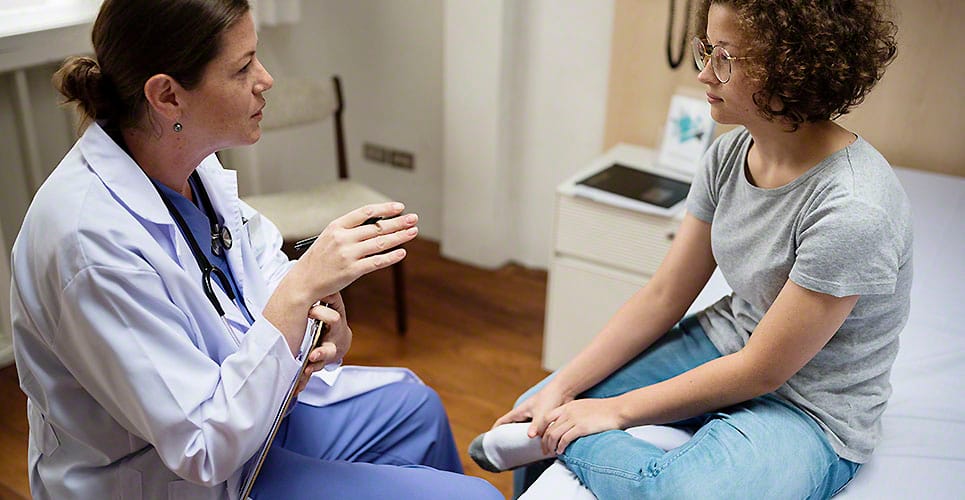Spinal stenosis is a medical condition, in which the spaces between your spinal cord starts to shorten, or in other words, your spine starts to shrink. This may sound insignificant, but this condition prompts the nerves between your spine to become pressurized. According to spine and back doctors, spinal stenosis mostly occurs in people who are over-age, usually in their 50’s or older experience this disorder. Spinal stenosis is a serious medical condition, because the nerves in between your spine, once pressurized, can lose their sensation which can lead to a lot of complications in the nervous system and the brain as well.
Causes of Spinal Stenosis
Some causes of spinal stenosis are as follows:
The Breaking of Cartilage
Cartilage is the soft, squishy tissue in between your bones. Cartilage holds your bones together and this is also the main reason for spaces between your spinal cord. When the cartilage begins to break, for some reason, the spaces between your spine can collapse or shrink, which can ultimately cause spinal stenosis.
Growth of Bone Tissue
Abnormal growth of bone tissue can also lead to spinal stenosis. Growth of bone tissue can change the position or dislocate the spine, which can also lead to uneven spaces between the spine. This can also cause spinal stenosis in later stages.
Osteoarthritis
A person who has a history of osteoarthritis can also be a potential patient of spinal stenosis. Osteoarthritis is also a disorder in which breakage of cartilage occurs. Breaking down of cartilage can lead to shrinking of the spaces between the spine and it can lead to spinal stenosis. So, if anyone does have osteoarthritis, then they also need to be checked for symptoms of spinal stenosis.
Herniated Discs
Your spinal cord is made of small discs, which are held together by cartilage. When the cartilage starts to break, this can loosen the symmetry of the discs and it can ultimately lead to shrinking of the spine, thus the end result would be spinal stenosis.
Injury or Impact to The Spine
Mostly people can get serious injuries on the back because of a certain impact or falling down on the back. Serious impact on the spine can cause inflammation or swelling of the spine. Swelling will ultimately lead to uneven symmetry of the spinal cord, which can cause lessening of spaces between the spine as well.
Tumors
Any abnormal growth in the spinal cord can also lead to spinal stenosis. A tumor, whether it is cancerous or not, can damage the spinal cord and mess with its proper position, which, in turn, will cause spinal stenosis.
What Are the Symptoms of Spinal Stenosis?
Spinal stenosis is mostly non-symptomatic. But one common symptom is moderate to high back pain. The patient is subjected to a lot of pain in the back, especially in the neck or lower back region. Another common symptom of spinal stenosis is the difficulty in walking or standing. The patient will have a hard time standing still for too long or he/she cannot walk long distances because of their spine. One rarer symptom of spinal stenosis is the weakening of your legs. Since the spinal cord has nerves which control your leg activity, the shrinking of spaces between the spine and pressurizing of the nerves will cause your legs to feel very weak and sensation-less.
What Is the Treatment for Spinal Stenosis?
Once you see these symptoms, you might want to get in touch with a doctor. He/she will run x-rays and scans on your back to make sure the diagnosis is correct. Once spinal stenosis is diagnosed, you will need treatment for it. Some common treatments for spinal stenosis are:
Physical Therapy
Exercise and manipulating the back will help to restore your natural spine back in place. The exercise is not extensive, and it mainly involves stretching of the spine.
Medication
You can take certain pain medications and injections to help with spinal stenosis. Injections of corticosteroid are mostly prescribed to people for the lowering of inflammation.
Surgery
If the spinal stenosis is very severe and serious, then you might want to consider getting surgery for the removal of inflammation in your spine with the help of an orthopedic surgeon Woodbridge.

